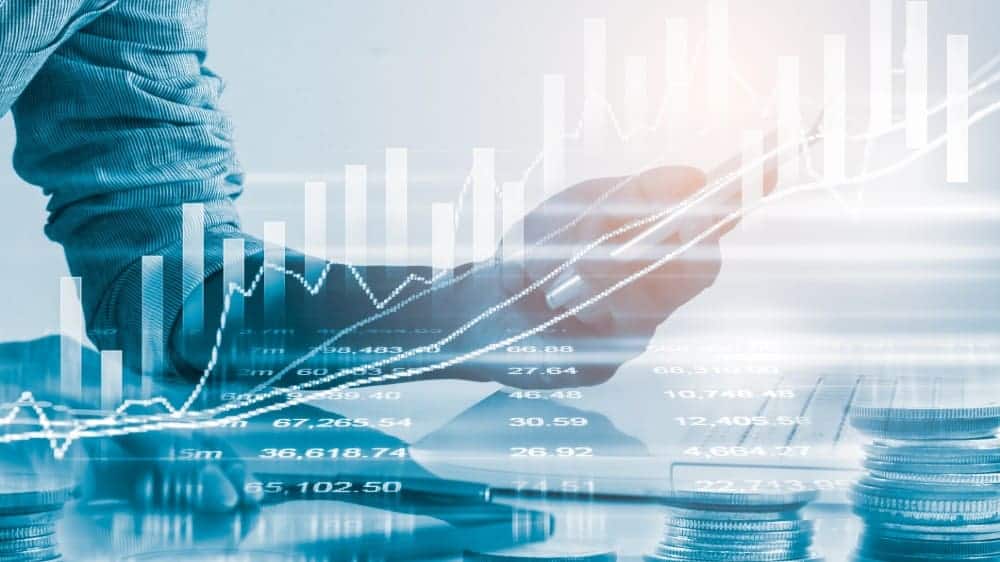The words ‘primary’ and ‘secondary’ might make you think of school or colours, but here we’re talking about markets. It’s important to understand the difference between a primary market and a secondary market.
These financial markets play a key role in keeping our economy healthy. I’m going to explain everything you need to know about how they work and why they’re important.
What is a primary market?
The main goal of a primary market is to raise new money.
Should you invest £1,000 in ITV right now?
When investing expert Mark Rogers has a stock tip, it can pay to listen. After all, the flagship Motley Fool Share Advisor newsletter he has run for nearly a decade has provided thousands of paying members with top stock recommendations from the UK and US markets. And right now, Mark thinks there are 6 standout stocks that investors should consider buying. Want to see if ITV made the list?
This is a common strategy for governments and companies. Securities like bonds and stocks are first sold in a primary market.
Examples include:
- Initial public offerings (IPOs): This is where a private company issues and sells stock to the public for the first time. You may have noticed Airbnb shares recently made headlines following their IPO.
- Government bonds: Treasury bills or gilts may be issued and sold by the government in order to raise money to pay down debt.
What is a secondary market?
The main purpose of a secondary market is for people to be able to resell the securities created and sold from a primary market.
A healthy secondary market is really important for a healthy economy. If people purchasing securities through a primary market couldn’t resell them, they’d perhaps not make the purchase in the first place. This could bring the economy to a standstill.
Examples of secondary markets include:
- Stock exchanges: Where investors have the opportunity to buy and sell shares from each other, rather than direct from the issuer.
- Foreign exchange markets: Traders and companies can buy and sell currencies from across the globe.
Why do we need them both?
A good way to think of these markets is as two intersecting cogs in an engine. Both markets move independently but are also reliant on each other.
The movement of these markets acts as fuel and energy for our whole financial system. They keep things fluid and moving like a well-oiled machine.
The new influx of money from a primary market allows growth. Then the liquidity of a secondary market allows both flexibility and stability.
How are investments valued in each market?
In a primary market, the price of a security is stable. The pricing level decision may come from governments or investment banks.
Estimating the value of investment securities happens before they reach a primary market, but the true market value tends to be realised in secondary markets.
This is because more people have access to the investment and because things like supply and demand will affect the price.
Which market will most investors use?
Most individual investors will make the majority of their purchases through a secondary market.
However, sometimes, investing in things like investment trusts or mutual funds will be an indirect way of making purchases from a primary market.
Occasionally, individual investors may also purchase something like gilts directly from the Debt Management Office (DMO).
Primary and secondary market takeaways
Primary markets allow the raising of new money by companies or governments. Popular examples include IPOs and government bonds.
In a secondary market, these newly created securities can be bought and sold by investors. Most people will do the majority of their trading in secondary markets like a stock exchange.







